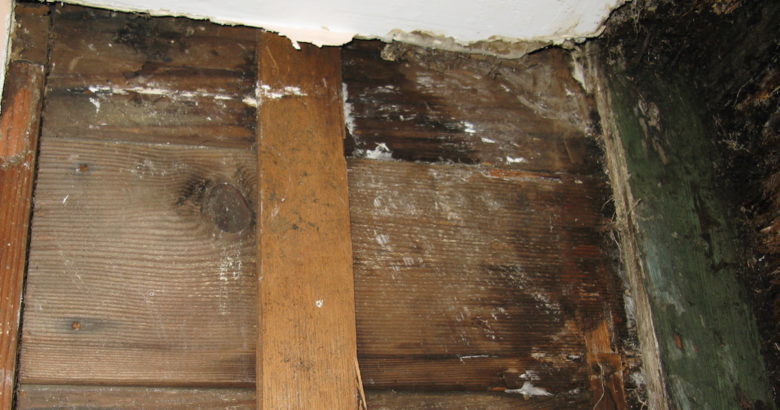Mold – A Four Letter Word
If you’re a homeowner, there’s one four letter word you dread and hope you never have to say. Mold – the scourge of homeowners and insurance companies everywhere, it’s a four letter word that strikes fear into the hearts of anyone who pays for homeowner’s insurance.
You’re right to be fearful of mold, and if you think it’s covered under your homeowner’s insurance policy, you may want to think again. Depending on the situation, it may not be covered, and if it not handled properly, mold can cause big problems.
Understanding Mold and and your Massachusetts Homeowner’s Insurance
Mold thrives in moisture whether from high indoor humidity, flooding, or simply a leaky roof, appliance or plumbing. The cause of the mold determines how your insurance will handle it. Most standard Massachusetts homeowner’s insurance policies exclude damage from mold, fungi, and bacteria unless it happens as a result of a sudden and accidental problem covered by your homeowner’s insurance like a busted pipe that floods your basement.
If you have mold because you neglect your home’s maintenance, don’t attempt to control the humidity levels in your home, or constantly have leaks without dealing with the root cause (old, faulty plumbing), your homeowner’s insurance won’t cover the damage. Also, if your water damage problem came from flooding from an outside water source – rain, bodies of water, etc. – it likely won’t be covered unless you have flood insurance.
Some insurance companies offer an additional mold rider for policies. You’ll have to meet specific requirements. Newer homes that are made with mold resistant materials will likely see lower rates for such a rider.
If your mold problem is covered by your homeowner’s insurance and remediation is an option, you may still have another problem to face. Most policies only cover up to a certain amount. Unfortunately, mold remediation can run between $15,000 and $30,000 if the problem is a big one.
Mold Prevention is Key
Since your mold remediation may not be covered, and even if it is, your policy limits might not cover the total damage, the best thing to do is prevent mold in the first place.
- Lower the humidity in your home by running your air conditioner, using exhaust fans, or installing dehumidifiers.
- Maintain your indoor and outdoor plumbing to prevent leaks from happening.
- When possible, use bleach or other cleaners that kill mold to clean your home. Definitely use these cleaners when cleaning up after a leak or any water damage.
- Use paint with mold inhibitors when you repaint in your home.
- Keep your gutters clean and your roof in good repair.
- Fix leaky faucets or appliances immediately.
- If you do have a flood from a busted pipe or an outside source, remove the carpet, padding, and anything with upholstery from the affected area as soon as possible.
No one wants to deal with mold, whether it’s covered by your insurance or not. If left unchecked, mold can ruin your home, cost you thousands of dollars, and lower the value of your home. Make sure you understand how to prevent mold and how your insurance works in case water damage becomes a reality.
If you’ve got questions about your current homeowner’s insurance policy or if you need a quote for a new policy, contact us at Click Insurance today. We’re happy to answer your questions and help you understand what’s covered and what isn’t.


Comments are closed.